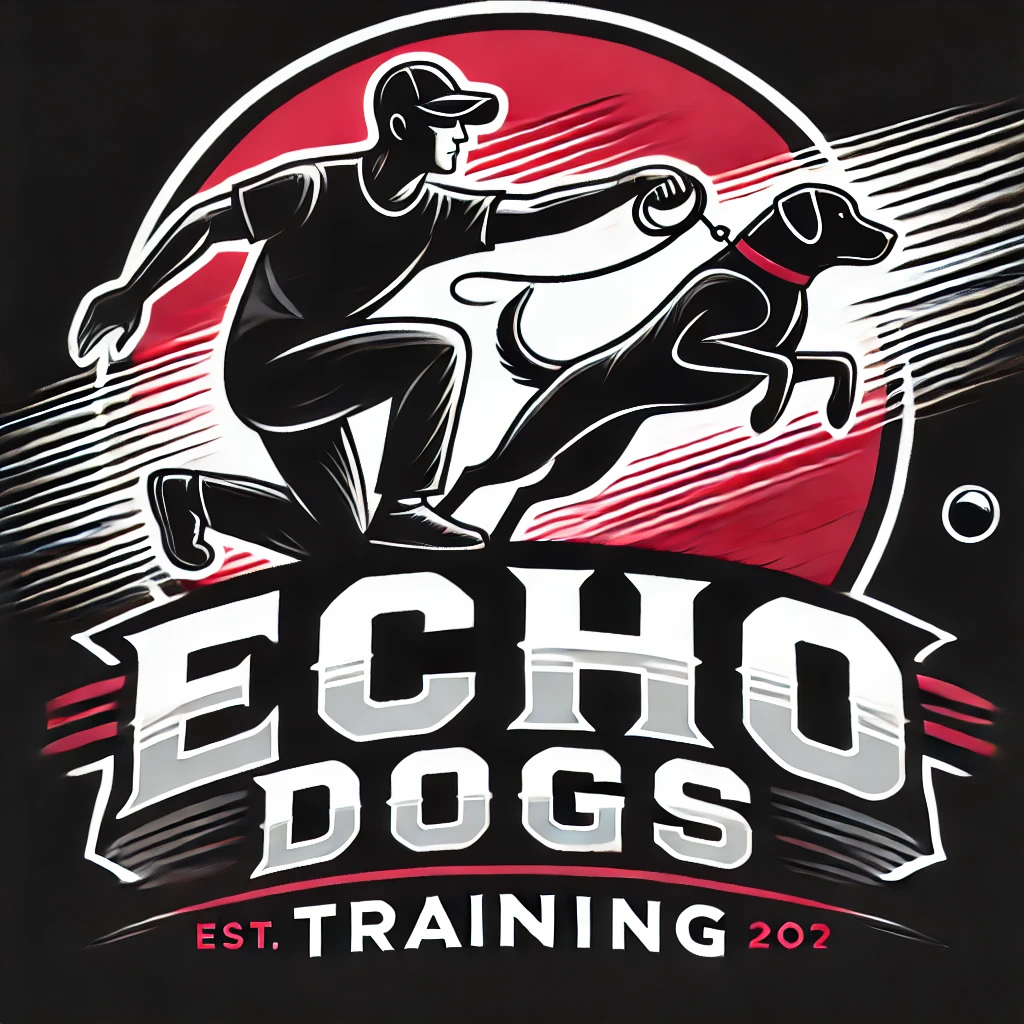Understanding Dog Behavior: The Key to Effective Communication
Unlocking the secrets of canine communication is essential for any dog owner. By learning to interpret your dog's behavior, you can foster a deeper bond, enhance training effectiveness, and ensure a happier, healthier life for your furry friend. Understanding the signals your dog sends can transform your interactions, making them more meaningful and rewarding.
Understanding Your Dog
Common Dog Signals and Their Meanings
Tail Wagging
Barking
Body Posture
Ears Position
Eye Contact
Play Bow
Client Experiences
Common Questions About Dog Behavior
Understanding your dog's behavior is crucial for building a strong bond and effective communication. Here, we address some frequently asked questions to help you better interpret your furry friend's actions.
Why does my dog bark so much?
Barking is a natural form of communication for dogs. It can indicate excitement, alertness, or even anxiety. Pay attention to the context and your dog's body language to understand the reason behind the barking.
What does it mean when my dog wags its tail?
A wagging tail can signify happiness, but it can also indicate nervousness or agitation. The position and speed of the wag can provide additional clues; a high, fast wag often means excitement, while a slow wag may indicate uncertainty.
Why does my dog roll over?
When a dog rolls over, it can be a sign of submission or trust. It may also be an invitation to play. Observe your dog's overall demeanor to determine the intent behind this behavior.
What should I do if my dog is aggressive?
Aggression can stem from fear, territorial instincts, or frustration. It's essential to assess the situation carefully and consult a professional trainer if needed. Avoid punishment, as it can exacerbate aggressive behavior.
Why does my dog chew on everything?
Chewing is a natural behavior for dogs, especially puppies. It helps them explore their environment and relieve teething discomfort. Providing appropriate chew toys can redirect this behavior and keep your belongings safe.
How can I tell if my dog is happy?
A happy dog often displays a relaxed body posture, a wagging tail, and playful behavior. They may also seek your attention and enjoy cuddling. Regular playtime and positive interactions can enhance your dog's happiness.
Need More Help?
If you have more questions about your dog's behavior or need personalized guidance, our team at Echo Dogs Training is here to help. Understanding your dog is the first step towards a harmonious relationship.
Get Personalized Guidance
Recognitions and Certifications
4
Years of Excellence in Dog Training
Animal Behavior College
For 1 year of studies followed by studying under a certified trainer for 3 months
